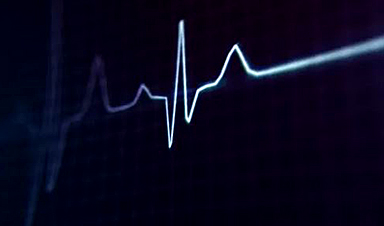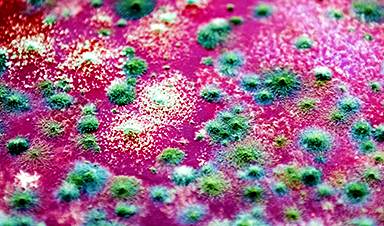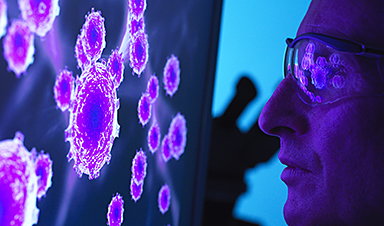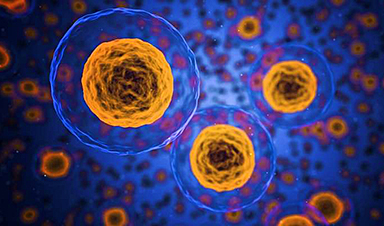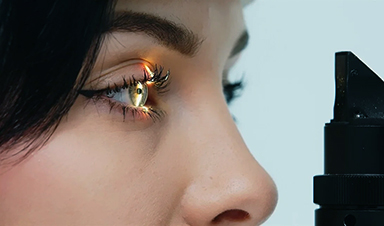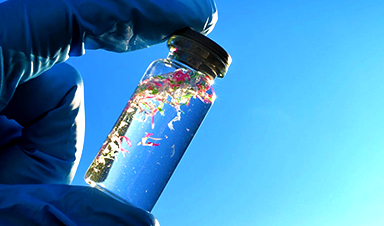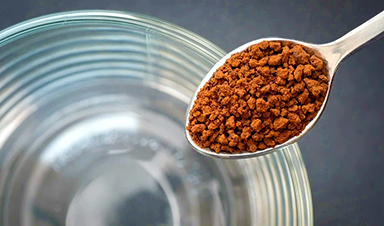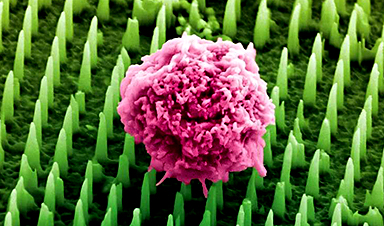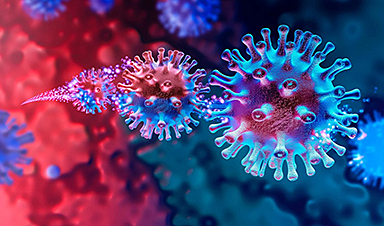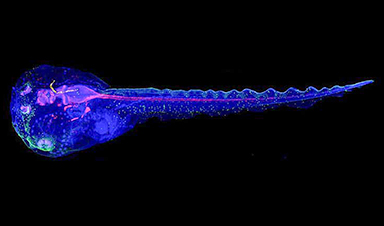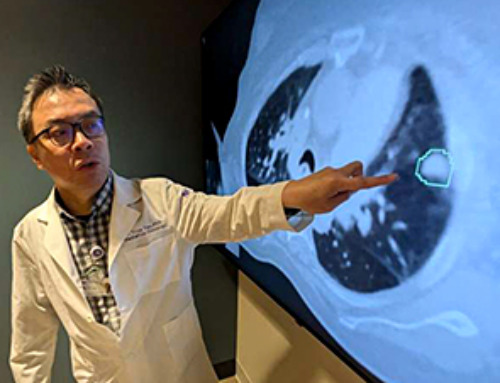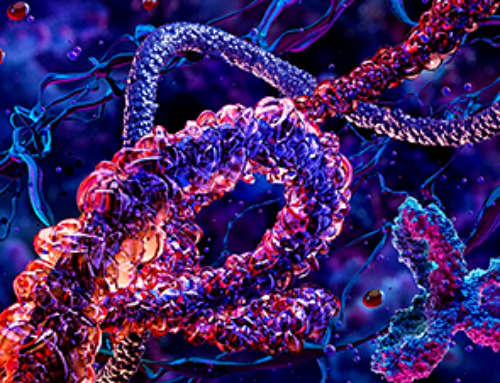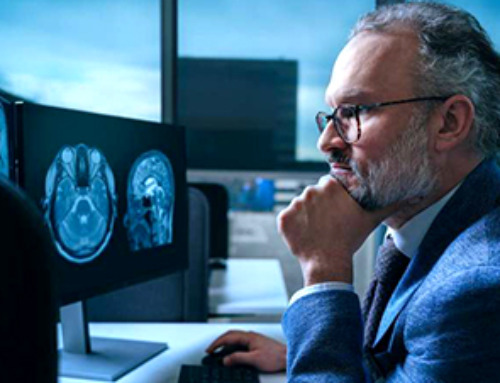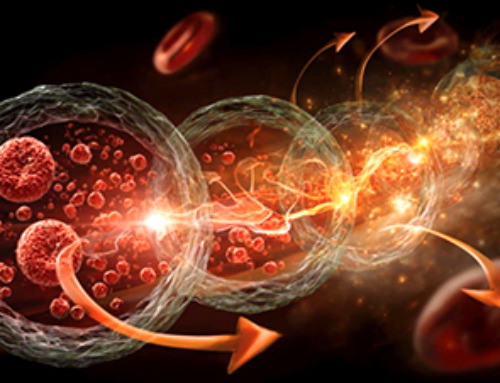Think of them as the Energizer Bunnies of the heart, tiny natural batteries that keep this vital organ beating 100,000 times a day as it pumps 2,000 gallons of blood throughout the human body.
That’s the subject of a new study by a team that includes two USF Health doctors who reported their findings in Circulation, the flagship journal of the American Heart Association.
“An injury like a heart attack creates a massive loss of cardiomyocytes, and you can’t renew them,” said Da-Zhi Wang, Ph.D., director of the Center for Regenerative Medicine in the USF Health Heart Institute and Morsani College of Medicine. “So, the question is how to make the heart repair itself.”
The study of heart repair has been a consistent theme of Dr. Wang’s research lab, which recently relocated to USF from Harvard Medical School where he was a professor working at Boston Children’s Hospital. Dr. Wang, now a professor of Internal Medicine and Molecular Pharmacology and Physiology in the Morsani College of Medicine, is a senior author of the study, “Reduced Mitochondrial Protein Translation Promotes Cardiomyocyte Proliferation and Heart Regeneration.” The paper addresses how the activities of mitochondria, which reside inside cardiomyocyte cells, are vital in repairing a damaged heart and even in preventing future heart attacks or coronary disease.
“The key element of this study is the link to cardiac regeneration,” said John Mably, Ph.D., another author of the study. “If you want to have your heart functioning into your 90s, this will be of interest to you, or anyone who has heart disease or had a heart attack.”
Dr. Mably is an associate professor of Internal Medicine in the Morsani College of Medicine and a member of the Center for Regenerative Medicine and USF Health Heart Institute. The USF Health team is supported by the USF Health Heart Institute in the Morsani College of Medicine and grants from the National Institutes of Health. Dr. Jinghai Chen (who trained with Dr. Wang) and members of his lab at the Zhejiang University School of Medicine in China were also authors on the paper.
Cardiomyocytes are the building blocks of cardiac tissue and essential to the normal function of the heart. Because the heart is constantly contracting, it requires an immense amount of energy, which is produced by the mitochondria, the tiny sub-cellular structures often referred to as the powerhouse of the cell. Since mitochondrial protein synthesis is critical to its structure, as well as normal cardiac function, the authors focused much of their study on how alteration of the mitochondrial protein balance affects heart health.
“The heart muscle contracts from early development to the day you die, so it requires a huge amount of energy to run,” Dr. Mably added. “That’s what mitochondria provide; it’s like the gasoline you need to run your car.”
The importance of mitochondria in normal heart function is well recognized and recent studies have implicated changes in mitochondrial metabolism with some forms of heart disease. This work evolved from a previous study performed by this group. They showed that loss of a protein called MRPS5 in the developing heart leads to cardiac defects and embryonic death; loss of this gene at stages after birth led to enlargement of the heart and eventual failure. The cause of these cardiac abnormalities was shown to stem from an imbalance in the communication between the mitochondria and the nucleus of the cell.
In this new study, the authors examine the effects of decreased MRPS5, rather than its complete loss, on cardiomyocyte proliferation. Major damage from injury to the heart, often as a result of a severe heart attack, can lead to heart failure because the heart is no longer able to contract normally. This is because the damaged tissue in the adult myocardium, the muscle layer of the heart, is unable to repair itself after injury. These scientist found that a slight reduction of mitochondrial activity in the adult heart could facilitate heart regeneration after injury to the heart, which could lead to a new avenue of treating heart attack and other heart disease.
“We hope to be working with the pharmaceutical industry and learn how to better protect or repair hearts from damage,” Dr. Wang said. “Currently, clinicians can only do so much for a heart attack. This approach could help the heart grow back to normal. We might be able to regrow or repair the heart by using a gene therapy approach.”
Like the Energizer Bunny, this could lead to a new way of treating heart disease to allow older hearts “to keep on going and going…”
More information: Feng Gao et al, Reduced Mitochondrial Protein Translation Promotes Cardiomyocyte Proliferation and Heart Regeneration, Circulation (2023). DOI: 10.1161/CIRCULATIONAHA.122.061192
News
AI matches doctors in mapping lung tumors for radiation therapy
In radiation therapy, precision can save lives. Oncologists must carefully map the size and location of a tumor before delivering high-dose radiation to destroy cancer cells while sparing healthy tissue. But this process, called [...]
Scientists Finally “See” Key Protein That Controls Inflammation
Researchers used advanced microscopy to uncover important protein structures. For the first time, two important protein structures in the human body are being visualized, thanks in part to cutting-edge technology at the University of [...]
AI tool detects 9 types of dementia from a single brain scan
Mayo Clinic researchers have developed a new artificial intelligence (AI) tool that helps clinicians identify brain activity patterns linked to nine types of dementia, including Alzheimer's disease, using a single, widely available scan—a transformative [...]
Is plastic packaging putting more than just food on your plate?
New research reveals that common food packaging and utensils can shed microscopic plastics into our food, prompting urgent calls for stricter testing and updated regulations to protect public health. Beyond microplastics: The analysis intentionally [...]
Aging Spreads Through the Bloodstream
Summary: New research reveals that aging isn’t just a local cellular process—it can spread throughout the body via the bloodstream. A redox-sensitive protein called ReHMGB1, secreted by senescent cells, was found to trigger aging features [...]
AI and nanomedicine find rare biomarkers for prostrate cancer and atherosclerosis
Imagine a stadium packed with 75,000 fans, all wearing green and white jerseys—except one person in a solid green shirt. Finding that person would be tough. That's how hard it is for scientists to [...]
Are Pesticides Breeding the Next Pandemic? Experts Warn of Fungal Superbugs
Fungicides used in agriculture have been linked to an increase in resistance to antifungal drugs in both humans and animals. Fungal infections are on the rise, and two UC Davis infectious disease experts, Dr. George Thompson [...]
Scientists Crack the 500-Million-Year-Old Code That Controls Your Immune System
A collaborative team from Penn Medicine and Penn Engineering has uncovered the mathematical principles behind a 500-million-year-old protein network that determines whether foreign materials are recognized as friend or foe. How does your body [...]
Team discovers how tiny parts of cells stay organized, new insights for blocking cancer growth
A team of international researchers led by scientists at City of Hope provides the most thorough account yet of an elusive target for cancer treatment. Published in Science Advances, the study suggests a complex signaling [...]
Nanomaterials in Ophthalmology: A Review
Eye diseases are becoming more common. In 2020, over 250 million people had mild vision problems, and 295 million experienced moderate to severe ocular conditions. In response, researchers are turning to nanotechnology and nanomaterials—tools that are transforming [...]
Natural Plant Extract Removes up to 90% of Microplastics From Water
Researchers found that natural polymers derived from okra and fenugreek are highly effective at removing microplastics from water. The same sticky substances that make okra slimy and give fenugreek its gel-like texture could help [...]
Instant coffee may damage your eyes, genetic study finds
A new genetic study shows that just one extra cup of instant coffee a day could significantly increase your risk of developing dry AMD, shedding fresh light on how our daily beverage choices may [...]
Nanoneedle patch offers painless alternative to traditional cancer biopsies
A patch containing tens of millions of microscopic nanoneedles could soon replace traditional biopsies, scientists have found. The patch offers a painless and less invasive alternative for millions of patients worldwide who undergo biopsies [...]
Small antibodies provide broad protection against SARS coronaviruses
Scientists have discovered a unique class of small antibodies that are strongly protective against a wide range of SARS coronaviruses, including SARS-CoV-1 and numerous early and recent SARS-CoV-2 variants. The unique antibodies target an [...]
Controlling This One Molecule Could Halt Alzheimer’s in Its Tracks
New research identifies the immune molecule STING as a driver of brain damage in Alzheimer’s. A new approach to Alzheimer’s disease has led to an exciting discovery that could help stop the devastating cognitive decline [...]
Cyborg tadpoles are helping us learn how brain development starts
How does our brain, which is capable of generating complex thoughts, actions and even self-reflection, grow out of essentially nothing? An experiment in tadpoles, in which an electronic implant was incorporated into a precursor [...]
